Bukowskis presents Folkform: Factory Works
Folkform: Factory Works
Folkform: Factory Works is an exhibition and auction of objects from the Stockholm-based design studio Folkform. Taking a selection from Folkform’s collected works of product and furniture design, Factory Works includes pieces produced over the last 15 years.
Since establishing Folkform in 2005, the studio’s founders Anna Holmquist and Chandra Ahlsell have explored Sweden’s industrial heritage through the creation of design objects that sit at the intersection of craftsmanship and industry. In addition to studio-produced objects created in limited editions, Factory Works presents parts of Folkform’s design process, anchored in close collaboration with different types of industry.
Folkform has created projects in conjunction with Masonite manufacturing in Rundvik, bronze moulding in Limham and leather tannery in Tärnsjö. Often these works begin with in-depth studies of different production methods and tools used within the factories and workshops. Folkform creates objects that are both inspired by and challenge traditional manufacturing techniques.These processes are documented photographically and, in Folkform: Factory Works, the finished products are presented next to images by documentary photographer Magnus Laupa.
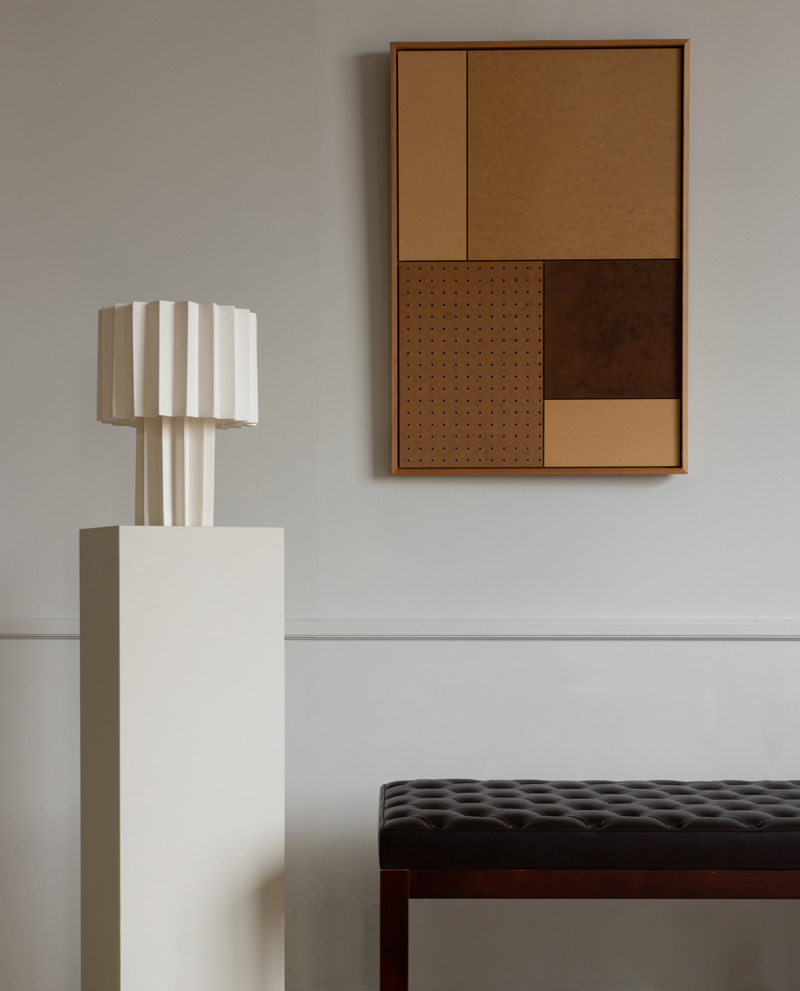
”
Folkform works with a small scale and with, above all, local producers who have formed the basis for their distinctive, process-based design. Their objects are loaded with such an interesting context and reflect a contemporary design movement and past methods, techniques, and materials. If you are not familiar with Folkform, there is much to discover in this Online only auction and exhibition.
Jonatan Jahn, Specialist Design and 20th-21st Century Works of Art
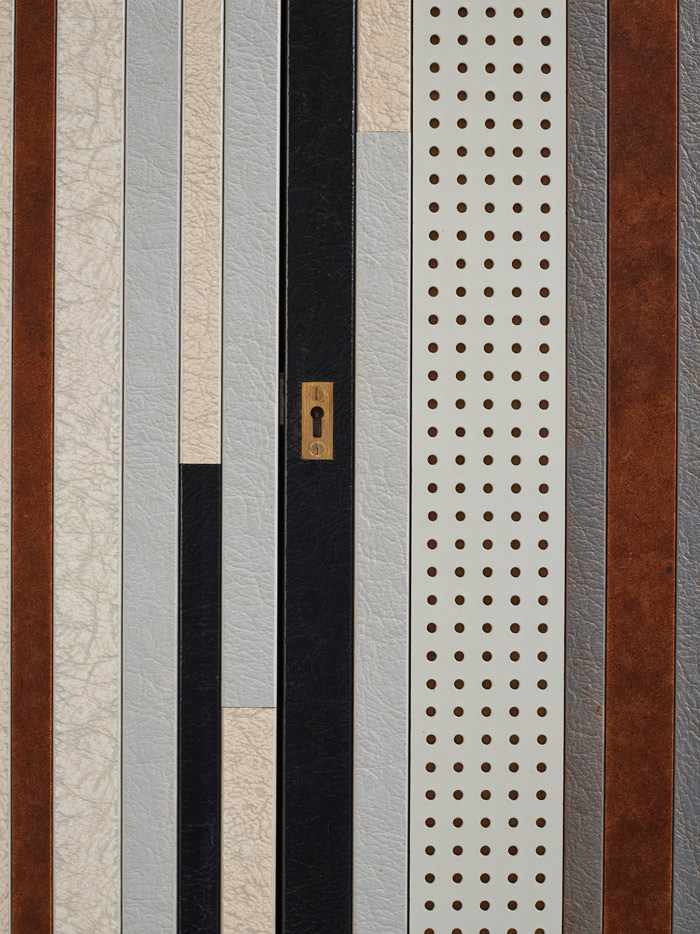
”
The exhibition ”Folkform: Fabriksarbeten” continues our exploration of Swedish industrial history and what happens at the intersections between the mass-produced and the unique.
Anna Holmquist, Folkform
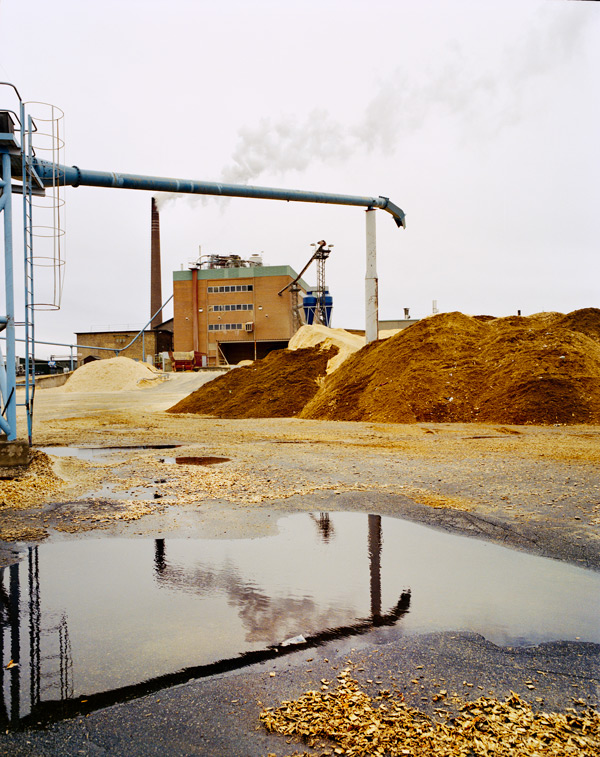
As well as older projects, such as Masonite Cabinet With 18 drawers from 2008 and Masonite Cabinet With Stripes from 2013 and Candle Collage from 2010 and the bench Patch Work from 2018, created for the Nationalmuseum in Stockholm the exhibition will also see Folkform show its new Plissé lamp, the lamps have unique patterns created in collaboration with the artist Roland Hjort and made at an upholstery workshop in Hägersten. Factory Works will further include a new carpet collection created together with the Belgian carpet weaving Louis de Poortere.
At a time when the heritage of small-scale, local industry is threatened by global mass production, the proximity to the manufacturing processes presented in Factory Works becomes even more meaningful. “It feels more important than ever to gather and spread knowledge about how furniture and other objects are made,” says Holmquist. “Often the products we surround ourselves with are produced so far away that it is difficult to trace raw materials, production methods and the health of the work environment these processes lead back to.That is why telling the story of the origins of a product is so important to us.Through our projects, we want to increase the understanding of the creation of an object. ”
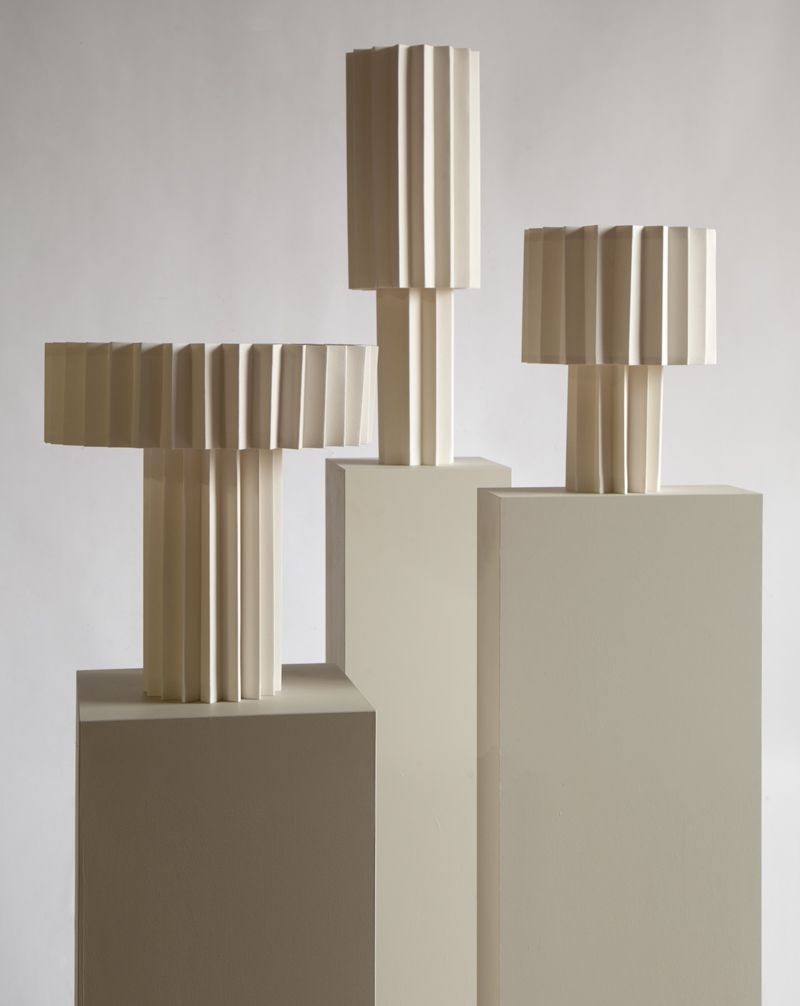
› The screen for the lamp ”L'art Plissé” is folded by hand
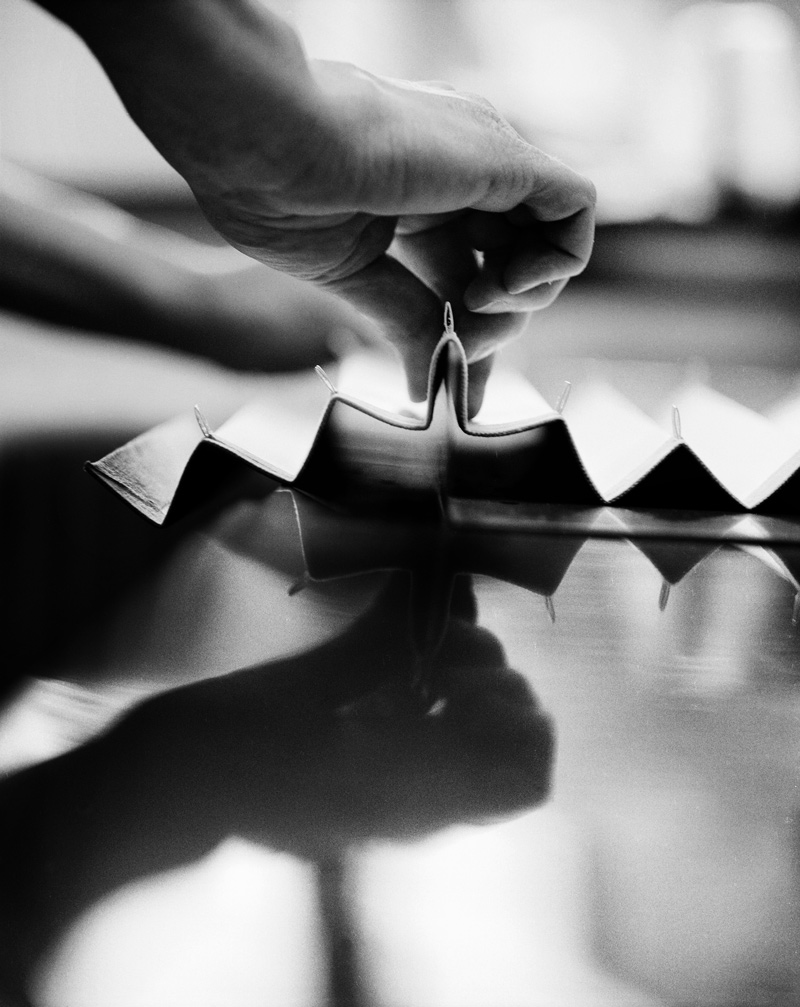
› FOLKFORM, a ”Patchwork”, bench, Studio Folkform, for the Nationalmuseum, Stockholm 2018

› The leather buttons for the National Museum’s benches were manufactured in Sara Lindqvist’s studio in Hägersten, Stockholm
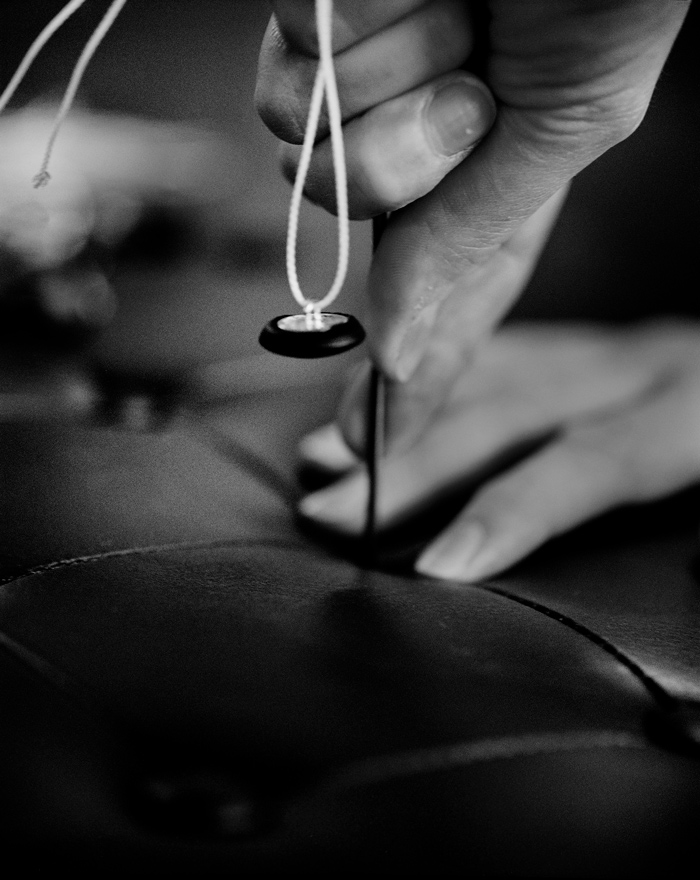
About Folkform
Folkform was founded in 2005 and is run by Stockholm- based designers Chandra Ahlsell and Anna Lovisa Holmquist. They began collaborating while studying industrial design at Konstfack in Stockholm. Ahlsell went on to study at the Pratt Institute in NewYork, while Holmquist pursued her studies at Goldsmiths in London as well as the Royal Danish Academy of Fine Arts in Copenhagen. Folkform’s work is represented in the collections of the Swedish Nationalmuseum in Stockholm and the Nasjonalmuseet in Oslo. In 2019, Folkform won the Bruno Mathsson Award, the most prestigious design prize in the Nordic countries.
Portrait Erik Lefvander
Auction Online only February 4 – 13
Exhibition Bukowskis February 9 – 12
Location Berzelii Park 1, Stockholm
Open Tuesday – Friday 11 am – 5 pm, Saturday 12 am – 4 pm
To Folkforms website
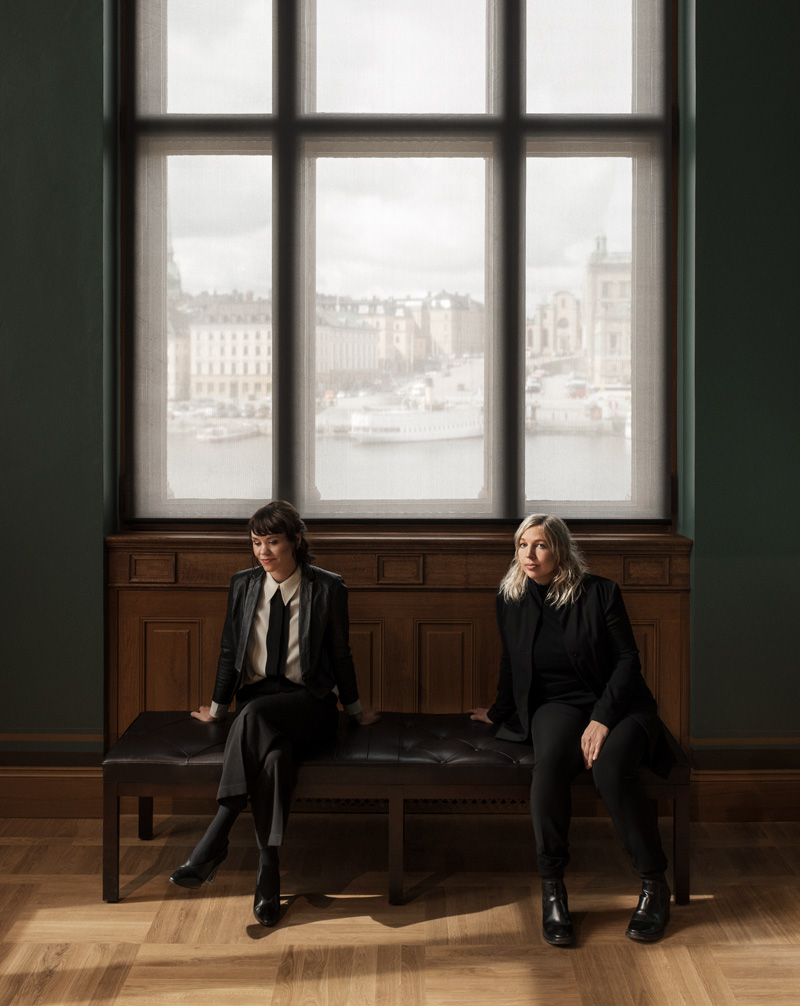
Bid on the objects





















































